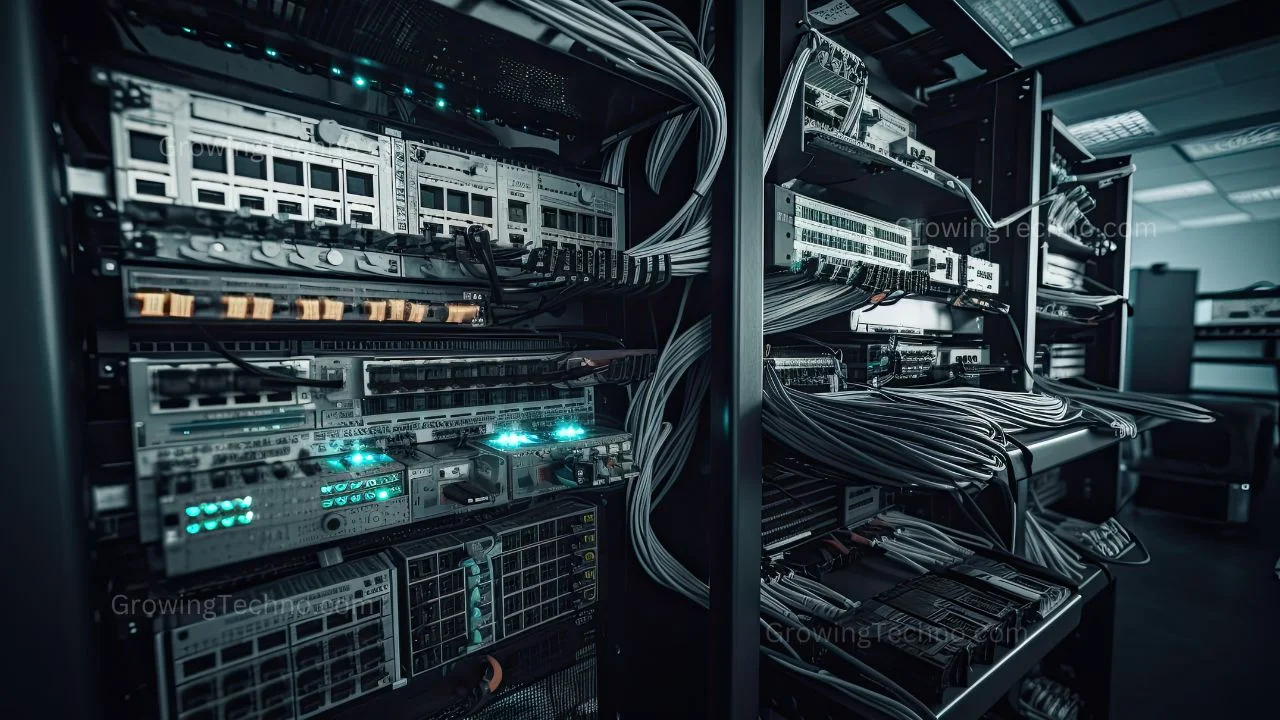
Singapore, a nation characterized by its tropical climate, has taken a significant step towards sustainable green data center operations. With temperatures averaging around 30°C and humidity at 84% throughout the year, the island nation faces unique challenges in maintaining data centers. These facilities are crucial for various processes, including cyber security, cloud computing, and e-commerce, but their energy consumption and cooling requirements have raised environmental concerns.
In response to these challenges, Singapore’s government, in collaboration with the Infocomm Media Development Authority (IMDA), has introduced groundbreaking standards for operating data centers in tropical conditions. These standards aim to optimize energy efficiency, reduce carbon emissions, and lower operating costs. Let’s delve into the details of Singapore’s pioneering efforts to create a more sustainable future for data center operations in tropical climates.
Energy Efficiency in Tropical Data Centers:
The primary challenge for data center operators in tropical climates is the substantial energy required to operate cooling systems. The new sustainability standard, known as SS. The SS addresses this challenge by providing guidance on developing efficient cooling strategies tailored to the specific temperature and humidity ranges of the tropics.
The SS offers data center operators a comprehensive approach to measuring and calculating the total cost of operations under tropical conditions. This not only helps justify the use of tropical data centers but also allows operators to demonstrate the benefits to their customers. Industry stakeholders can easily access this standard by downloading it for a nominal fee.
Increasing Operating Temperatures:
One significant aspect of the new standards is the recommendation to increase operating temperatures. The conventional practice of maintaining temperatures at around 22°C / 72°F is being challenged. By raising the operating temperature by just 1°C/34°F, data centers can achieve energy savings ranging from 2% to 5%. Research from the University of Toronto supports this approach, highlighting the potential for significant energy reduction
Several data center operators in Singapore have already begun implementing these recommendations. For instance, Digital Realty conducted trials, raising operating temperatures by 2°C/36°F in some of its 4.5 MW data halls. During the trial period, they managed to reduce total energy consumption by 2% to 3%. Such tangible results highlight the effectiveness of these new standards.
Savings and Sustainability:
Singapore’s Minister of State for Communications and Information, Janil Puthucheary, revealed that one data center operator adopting these standards estimated annual energy cost savings of over SGD$250,000 ($185 million). These savings underscore the financial benefits of energy-efficient practices, which are becoming increasingly important as the demand for data centers continues to grow, driven by the global digital economy’s needs, including AI and IoT devices.
Singapore’s Digital Connectivity Blueprint, released in tandem with these standards, recognizes the importance of distributed cloud and edge-centric computing. As the demand for high-bandwidth connectivity and compute power rises. That demand is vital to ensure both efficiency and localization of data centers. These new standards align with Singapore’s commitment to supporting emerging technologies while maintaining environmental sustainability.
Challenges and Solutions:
Cooling systems typically account for up to 40% of total energy consumption in data centers. Recognizing the potential for higher temperature data centers, the industry lacked guidelines, particularly in humid conditions. Singapore’s new standards address this, providing an energy-efficient roadmap for data centers while ensuring reliability.
IMDA’s standards consider the unique climate of Singapore, with average temperatures of 30°C/86°F and humidity levels of 84%. The recommendations are based on empirical data collected from production servers monitored by the Tropical Data Centre (TDC) research team. The accompanying operating manual provides detailed instructions on application, measurement, and monitoring.
Future Sustainability Goals:
These standards represent the initial steps toward greening data centers in Singapore. In the long term, the government plans to chart a roadmap towards achieving net-zero data centers powered by renewable energy. By doing so, Singapore aims to support its growing digital infrastructure while making substantial contributions to environmental sustainability.
Conclusion: Lead To Green Data Center
Singapore’s tropical data center standards lead to greener practices, setting a sustainability example in the digital age. They prioritize energy efficiency amid environmental concerns. These standards offer practical solutions for reducing energy consumption, cutting costs, and minimizing the carbon footprint of data centers.
As the demand for data centers continues to soar, driven in large part by the emergence of AI and IoT technologies, adopting these standards isn’t merely an option but an imperative for ensuring a sustainable digital future. Singapore’s dedication to eco-friendly data centers serves as an admirable model for the worldwide data center sector, underscoring the significance of energy efficiency and sustainability in this digital era.








